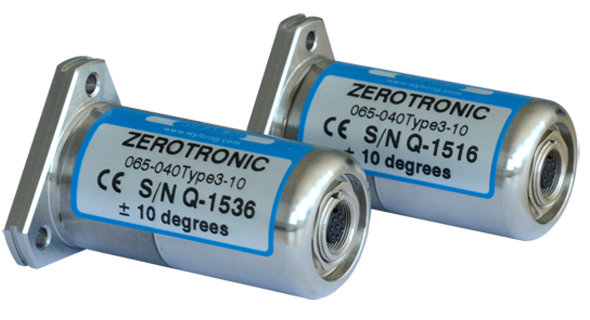- PRODUCTS RANGE
- Special Hardness testing machine EASYDUR for metal industry and forges
- Food Control
- Manual measurement, hand tools
- Spring testing machine EASYDUR
- UTM, Universal testing Machine tensile & compression
- Weights & Balances – Mass measurement – Force measurement – Torque measurement
- Height gauge, height caliper and surface plate
- Coordinate Measuring Machine and Vision measuring system
- Microscope, Stereoscopic magnifier
- Roughness tester, Surface and profile measurement
- Hardness testing machine
- Metallography equipment, Metallography consumables
- Dynamometers and accessories
- Torquemeter and accessories
- Thickness measurement – Temperature measurement – Speed and time measurement
- High precision spirit levels, Electronic inclination measuring instruments
- Services
- CORPORATE
- Catalog and promotion
- Technical documentation
- User manuals
Inclination Sensor – ZeroTRONIC
The sensors in the ZEROTRONIC family feature a digital inclination sensor and digital data transmission. Working digitally, they can compensate for temperature changes and enable data to be communicated over long distances without loss of data.
- The combination of all these features ensures that these sensors meet the most demanding requirements in terms of accuracy, resolution and temperature stability.
- ZEROTRONIC digital sensor family
- ZEROTRONIC sensors have established themselves on the market as the benchmark for high-precision tilt measurement in demanding applications, details of which can be found on the WYLER-ag website.
The ZERTRONIC sensor family has the following features:
- High resolution and accuracy
- Excellent temperature stability
- Measurement ranges from ± 0.5 to ± 60 degrees
- Synchronised recording of measured values for multiple sensors
- High immunity to shock
- High immunity to electromagnetic fields
Choice of two types of sensor depending on the application:
- ZEROTRONIC 3 (formerly Type 3)
- ZEROTRONIC C (formerly Type C)
Both sensors have the same characteristics:
- The external dimensions and electrical characteristics are identical.
- The measuring element is based on a pendulum oscillating between two electrodes. Depending on the inclination of the system, the pendulum will change its position relative to the electrodes and, in so doing, the capacitance between the pendulum and the electrodes will change. The change in these capacitances is measured digitally.
- The sensor cell is completely encapsulated and therefore protected against changes in humidity.
- Both sensors are calibrated over the entire measurement range with reference points stored in the sensor’s EEPROM.
- Both sensors are equipped with a temperature sensor and are temperature-calibrated, providing excellent compensation for temperature changes.
Difference in the characteristics of the two sensors:
Choice of ZEROTRONIC sensors:
- The pendulum of the ZEROTRONIC 3 is larger, giving a better signal-to-noise ratio for small inclinations. The ZEROTRONIC 3 is therefore better suited to high-precision applications where only small inclinations are measured.
- The pendulum mass of the ZEROTRONIC C is less than that of the type 3 sensor. It offers greater stability if the sensor is permanently inclined.
Only ZEROTRONIC 3 offers the option of analogue output.

